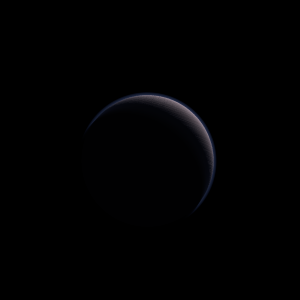|
|
Space Astro
|
Info for exoplanet "Aqepotu-duha"
| Scientific (actual) data |
|---|
| Name | OGLE-2016-BLG-0263L b |
| Planet status | Confirmed |
| Planet mass | 4.1 |
| Semi major axis | 6.5 |
| Discovered | 2017 |
| Updated | 2020-03-30 |
| Publication | Published in a refereed paper |
| Detection type | Microlensing |
| Star name | OGLE-2016-BLG-0263L |
| Right ascension | 269.9° |
| Declination | -31.82° |
| Star distance | 6500 |
| Star mass | 0.13 |
| Wikipedia article | OGLE-2016-BLG-0263L b |
Back
| |
| Fictional info (?) |
|---|
| Suggested name | Aqepotu-duha |
| Planet type | Large cold gas giant |
| The volume of water detected has been estimated to be equivalent to the volume of water in Earth's oceans.
A prominent result is the "great brown spot", a giant storm that is known to have existed for centuries since it was first seen by telescope.
Its north and south poles, therefore, lie where most other planets have their equators. |
| Atmosphere | Hydrogen chloride | 47% |
| Oxygen | 40% |
| Hydrogen | 13% |
| Hydrogen peroxide | 0.097% |
| Carbon monoxide | 0.026% |
| Atmospheric pressure | 1.3 bar |
 |
| No known satellites |
| Google search for Aqepotu-duha |
|
Website by Joachim Michaelis
|
|
|
|